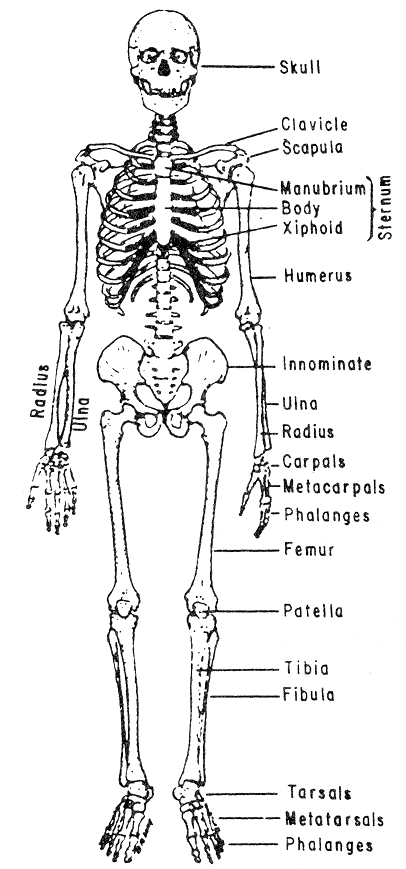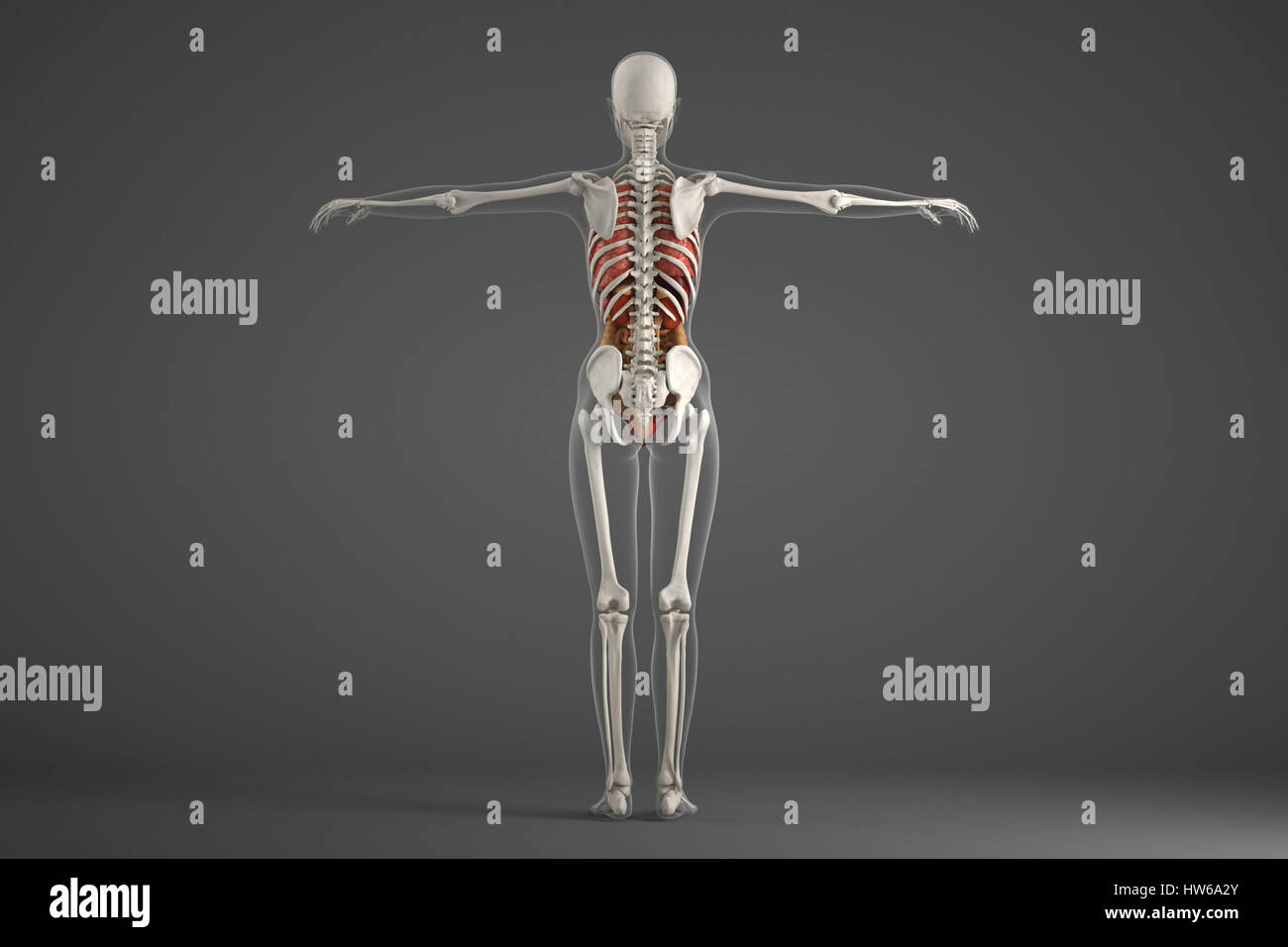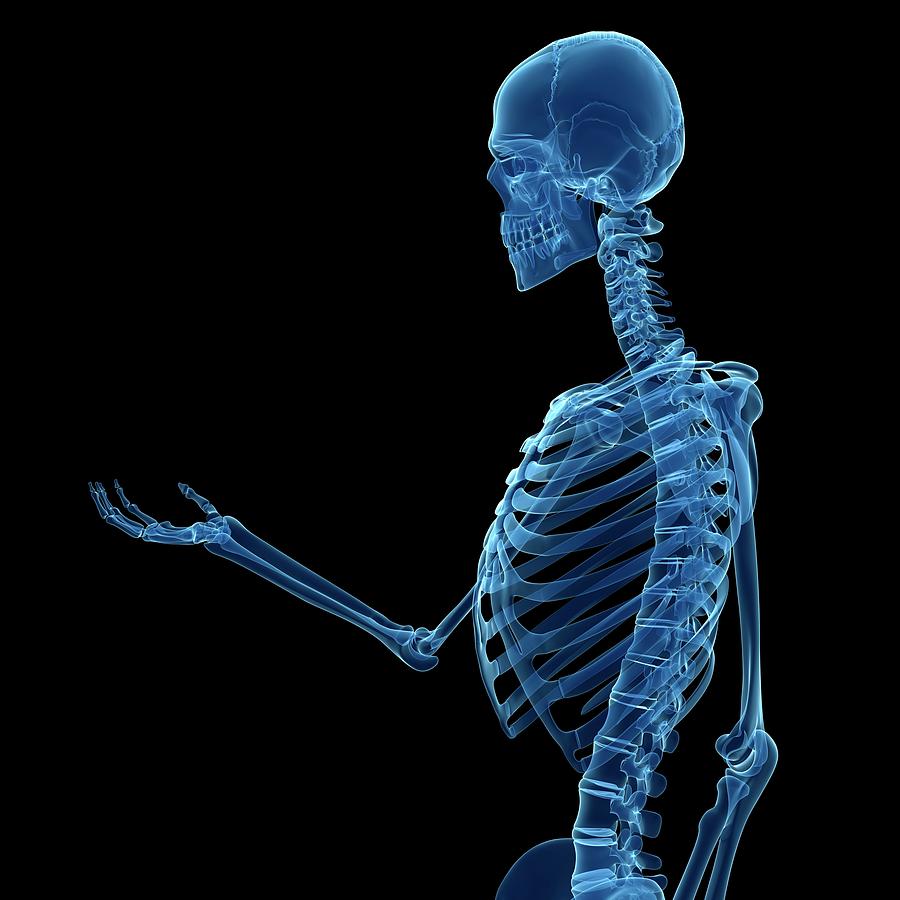Structure Composition Facts Biology Diagrams Learn about the bones, joints, and skeletal anatomy of the human body with our interactive 3D models. Explore the axial and appendicular skeleton, the skull, the vertebrae, the ribs, the pectoral and pelvic girdles, and the upper and lower limbs.

The skeletal system is your body's support structure. Its parts include your bones, muscles, cartilage and connective tissue like ligaments and tendons. The human skeleton is like a built-in suit of armor for organs throughout your body. Your skull protects your brain, Learn about the structure, function, and types of bones, ligaments, and cartilage that make up the human skeleton. Find out how the skeleton protects vital organs, produces blood cells, and moves the body.

A Labeled Diagram of the Skeletal System Biology Diagrams
The human skeletal system consists of two primary divisions: the axial skeleton and the appendicular skeleton. Axial skeleton: The axial skeleton is composed of the skull, vertebral column, and rib cage.It offers a safeguard and shelter for the crucial organs of the body. The skull serves to protect the brain and provide support to the face. The Intricate Orchestra of Bones: The Human Skeletal System. Our bodies are a symphony of interconnected parts, and the skeletal system - a network of bones, is the conductor that orchestrates our every move. From the delicate fingers that gracefully manipulate objects to the sturdy legs that propel us forward, the skeleton is the framework

The human skeleton is the internal framework of the human body.It is composed of around 270 bones at birth - this total decreases to around 206 bones by adulthood after some bones get fused together. [1] The bone mass in the skeleton makes up about 14% of the total body weight (ca. 10-11 kg for an average person) and reaches maximum mass between the ages of 25 and 30. [2]

Mastering Skeletal Anatomy: A Comprehensive Guide To Labeling Bone ... Biology Diagrams
human skeleton, Internal skeleton that serves as a framework for the human body.It consists of many individual bones and cartilages; there also are bands of fibrous connective tissue (the ligaments and tendons) in intimate relationship with the parts of the skeleton. The human skeleton has two main subdivisions: the axial, comprising the vertebral column and much of the skull, and the
